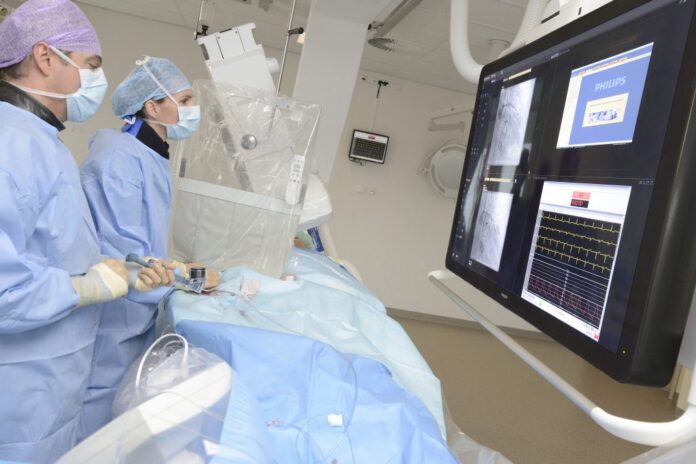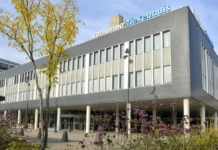
Will a built-in device help heart patients with severe narrowing of the coronary arteries get rid of their pain? This question is the focus of a so-called double-blind scientific study into the effect of the neurostimulator. They will conduct the study in the coming years, at the Catharina Hospital. Most patients in the Netherlands with these complaints come each year here.
Until 18 months ago, the insurance companies reimbursed the treatment cost to patients with untreatable chest pain. But patients do not get reimbursed anymore because too little scientific research is available on the usefulness of the treatment. But there have been good experiences with this treatment in recent years. Together with anesthesiologist and pain specialist Dr. Hans van Suijlekom, cardiologists Dr. Inge Wijnbergen and Dr. Koen Teeuwen from the Catharina Heart and Vascular Center are now taking up the gauntlet and starting a scientific study to once and for all get the answer to that one question: does a neurostimulator work or not?
Medication does not help
Out-of-treatment patients with a narrowing of the coronary arteries, medically known as refractory angina pectoris, often have severe chest pain. Often these complaints are not treated with the help of medication or treatment. Or even with doping or bypass surgery. But the placement of an electrode against the spinal cord with an associated device can possibly reduce the pain. Or even make it disappear completely. In the hospital, this treatment is called neurostimulation.
Scientific evidence is lacking
According to Van Suijlekom, this concerns a group of 400 to 500 patients per year in the Netherlands. They are eligible for neurostimulation in the new study. “In the past, we have already performed this treatment in several hundred patients. With success. But scientific evidence is lacking. That is why we are now starting a large study to get clarity once and for all.”
The neurostimulator is implanted in the body. It sends electrical pulses via a cable to the electrode placed against the spinal cord. These electric pulses cause the small blood vessels around the heart to dilate, which improves the blood flow to the heart. This improved blood flow provides the heart with sufficient oxygen so that there is no longer pain and the patient can exert himself better, which improves his quality of life.
Search for 100 patients
The hospital is looking for 100 patients on whom they can place a neurostimulator in the coming months. They will wear the device for a year. “One-half year the device is off, the other half-year it is on. When the neurostimulator is on or off varies per patient. We do not communicate this to the patient,” clarified cardiologist Dr. Inge Wijnbergen. “Also the researchers do not know when the device is working and when it is not. All so as not to interfere with the research data.”
Patients who think they qualify for this treatment should contact their own cardiologist or general practitioner for a referral to the Catharina Heart and Vascular Center.
Watch the video on this topic at: https://youtu.be/s5zxiOZwPtg
Source: Catharina Ziekenhuis
Translation: Chaitali Sengupta















